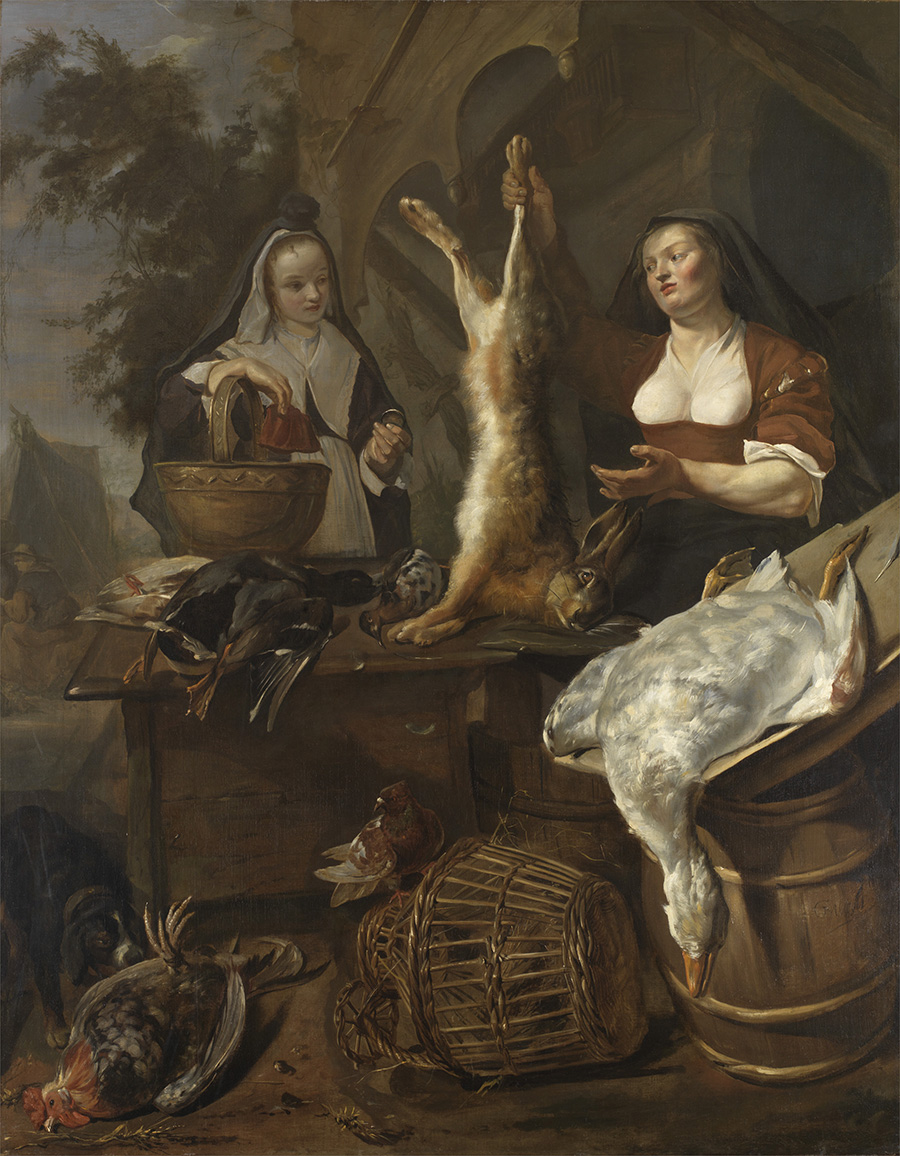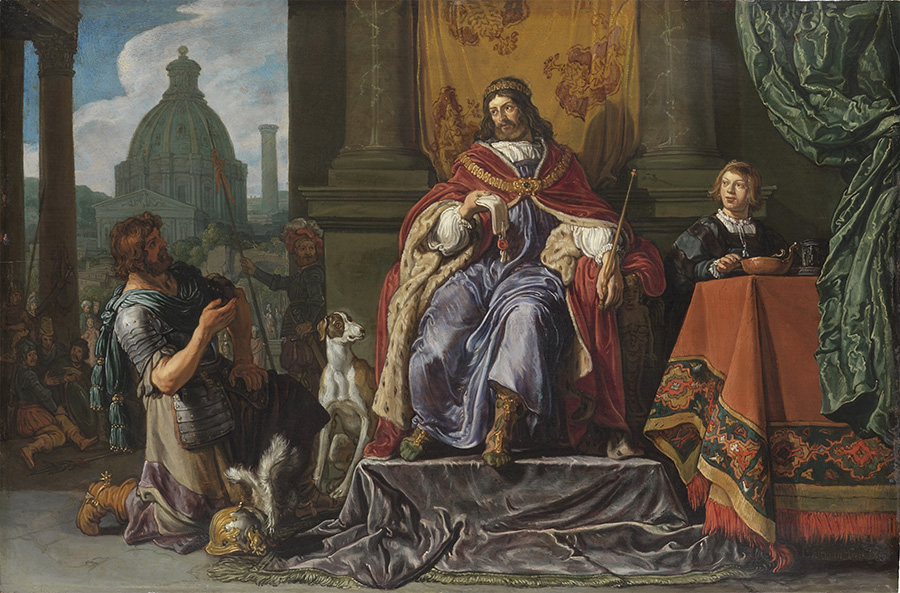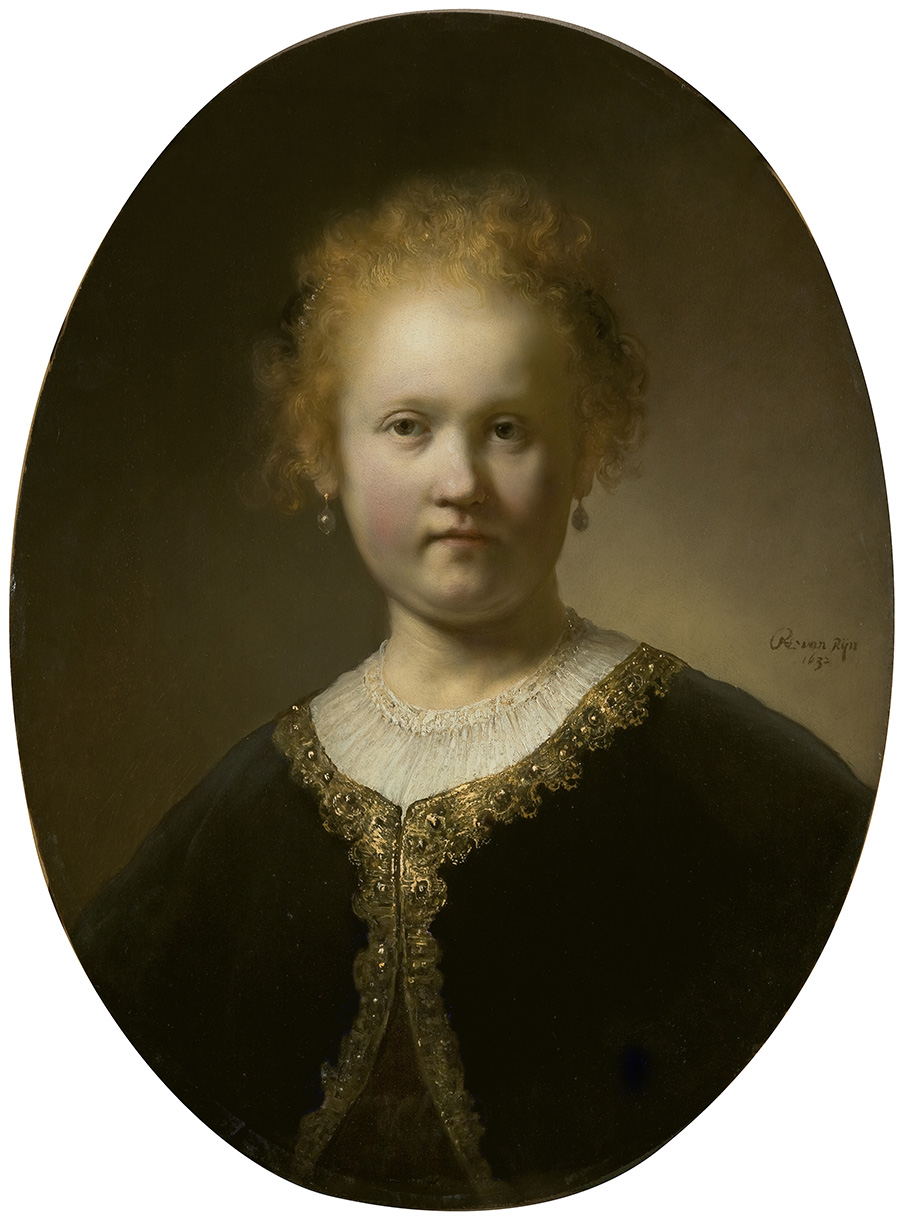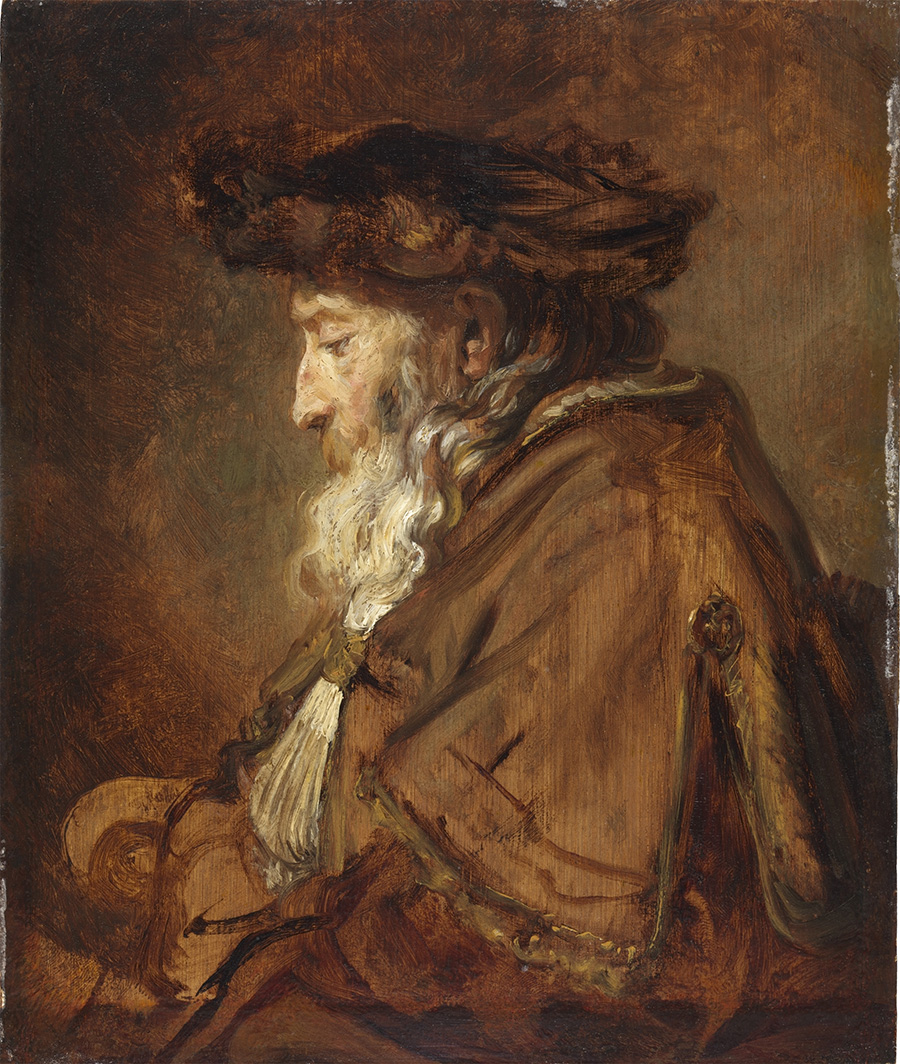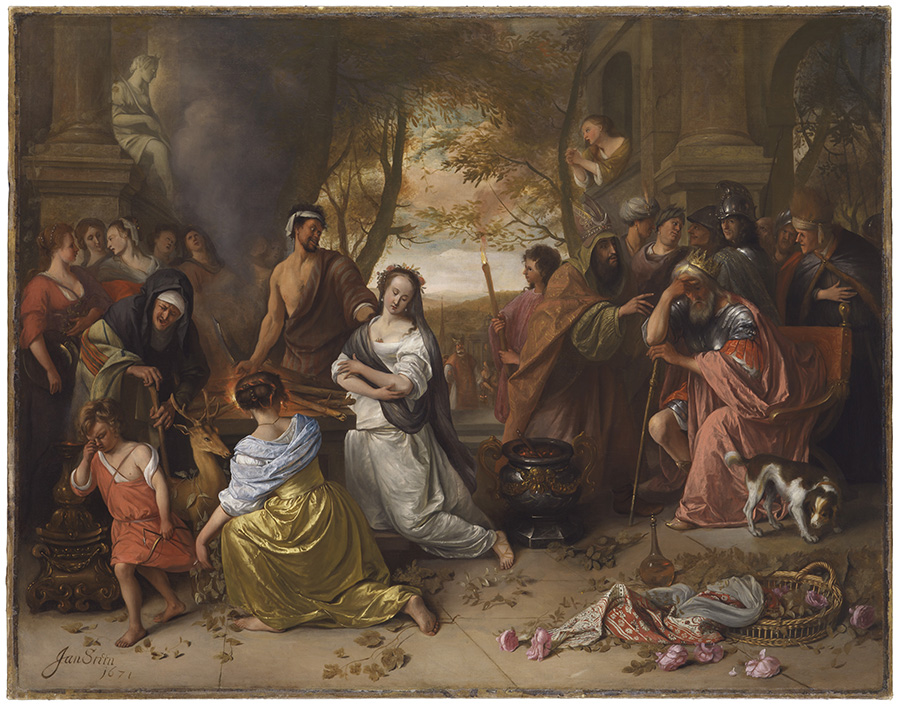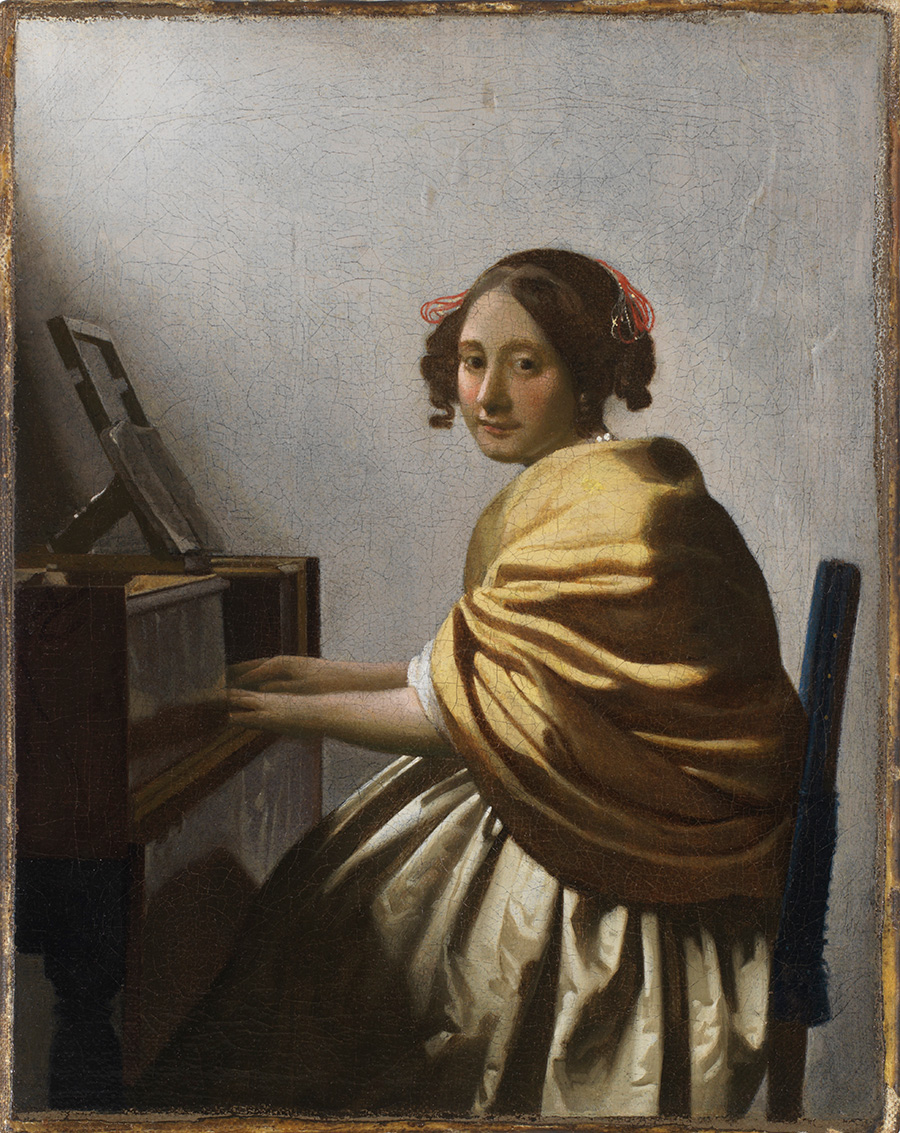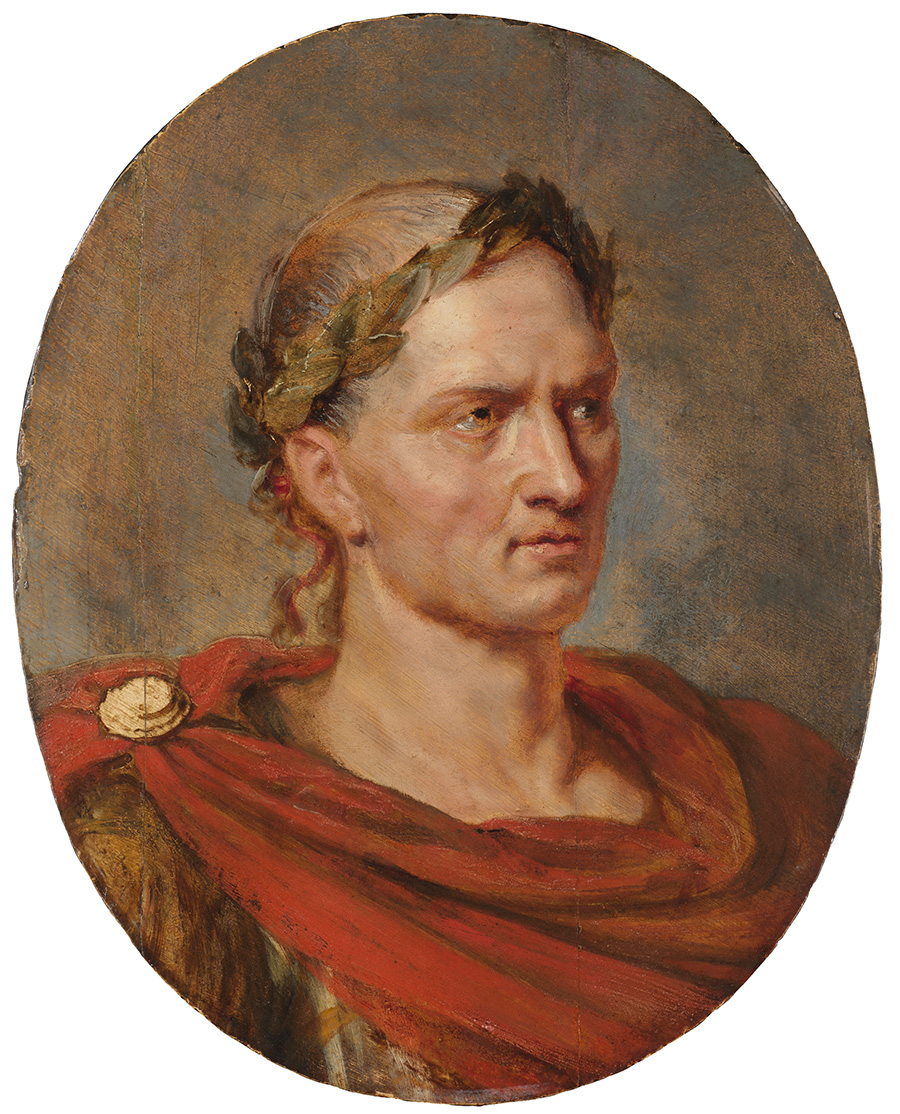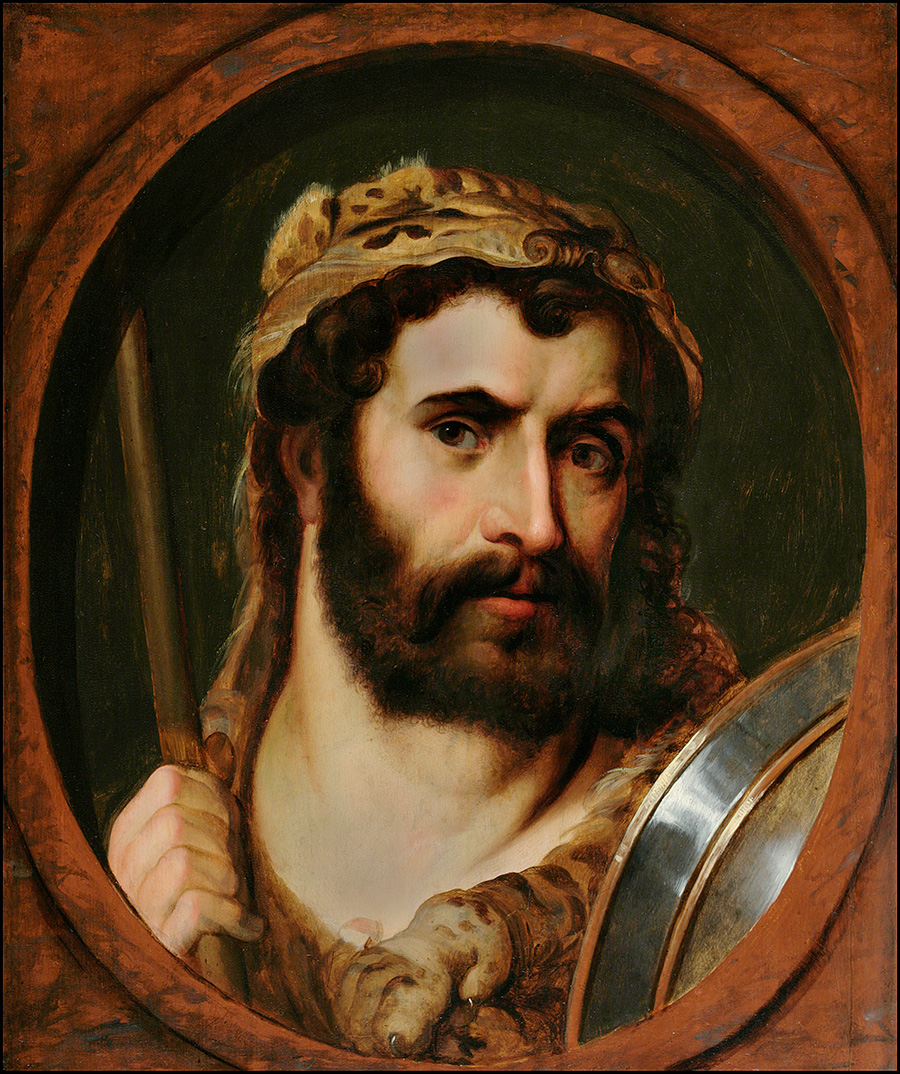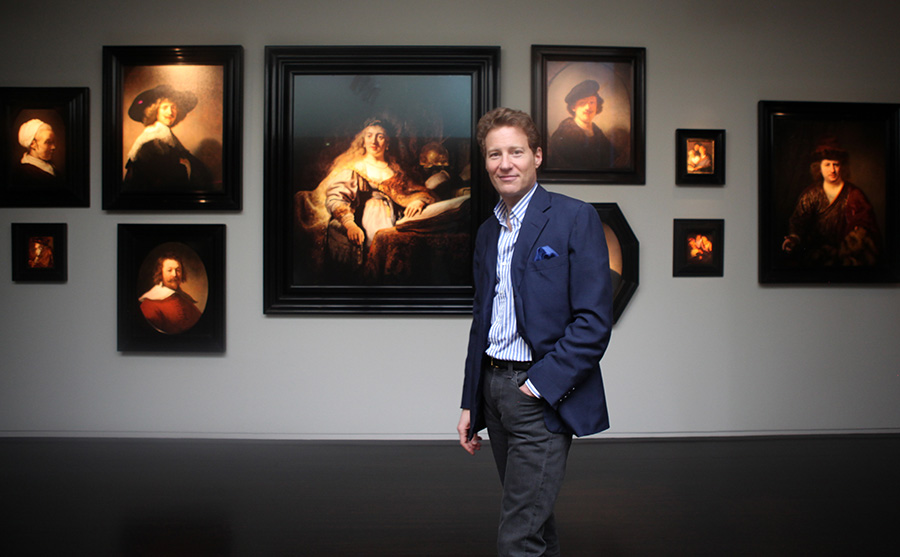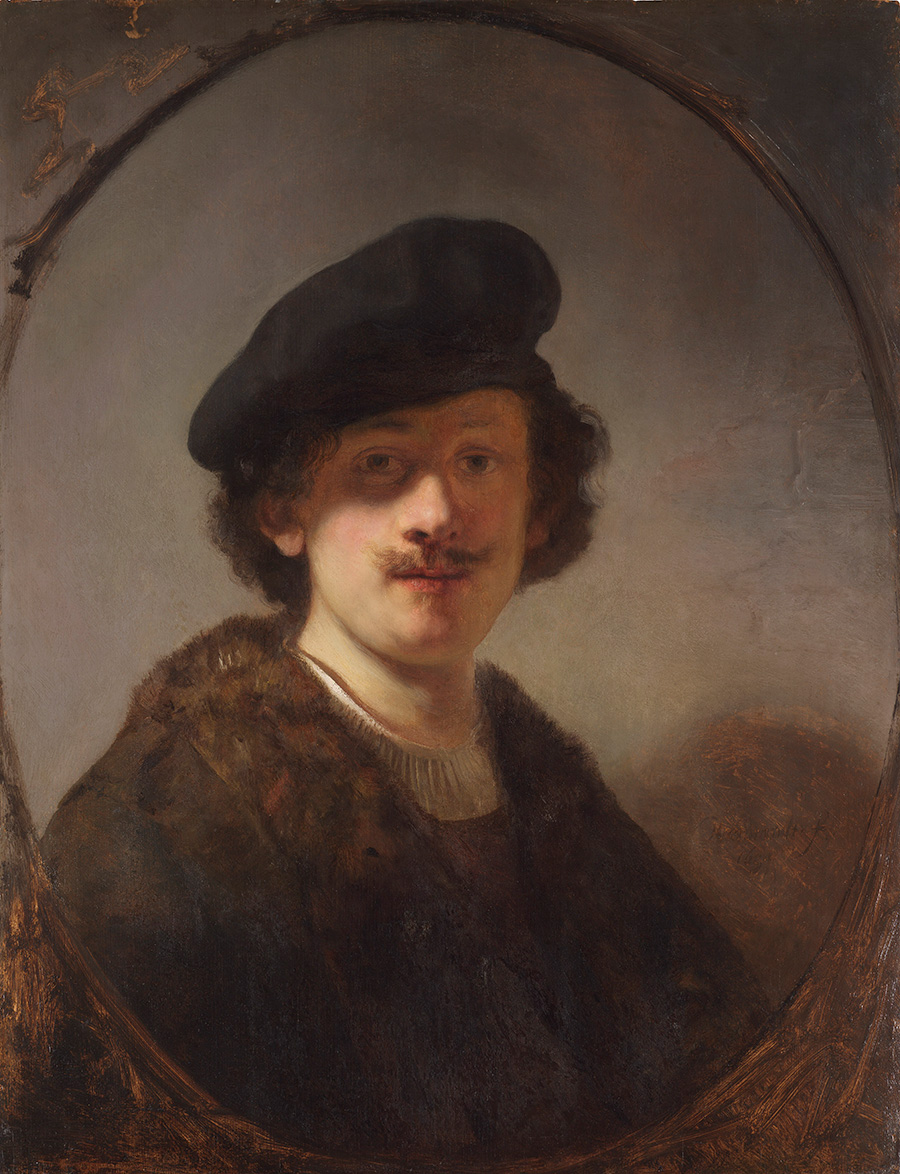
The author is a senior adviser to Tsinghua University and former director and vice-president of ABC Television in New York.

"Rembrandt and His Time, Masterpieces from The Leiden Collection" is a must-see world-class exhibition in the heart of Beijing at the National Museum of China until September 3 when it moves to the Long Museum in Shanghai from September 23 through February 25, 2018.
Magnificently curated and presented, "Rembrandt and His Time" is the largest assemble of 17th century Dutch Golden Age art ever shown in China. Art lovers will no longer need to make special trips to other international cities to experience these transformational artists and their greatest works, although many may be motivated to do so to see more.
The exhibition includes 11 precious Rembrandt's, the only privately-owned Vermeer, and works by five generations of Dutch artists of this period such as Gerrit Dou, Carel Fabritius, Frans Hals, Pieter Lastman Jan Lievens, Gabriel Metsu, Peter Paul Rubens, Jan Steen and Gerard ter Borch.
Several works have received public notoriety. Rembrandt's Young Girl with a Gold-Trimmed Cloak, was the object of a dramatic armed robbery in Boston. Jan Steen's Sacrifice of Iphigenia was involved in a far darker crime as it was one of many brazenly stolen from Jewish collectors by Hitler's henchmen during Nazi occupation of Holland.
This collection reflects the passionate love affair that led to its birth.

Billionaire collector Dr. Thomas S. Kaplan was six years old when his parents took him to New York's Metropolitan Museum. He was mesmerized by Rembrandt's paintings and made his parents take him back repeatedly. Ironically Kaplan, missing two front teeth at the time, couldn't even pronounce the name of the great artist.
When he was eight, Kaplan's parents asked him where he wanted to vacation. He immediately said he wanted to go to Amsterdam. When asked why, he said it was because that's where his beloved Rembrandt lived. Much later Kaplan said that he was "floored by the beauty of the Old Masters, the richness of the inner life that they were able to capture."
Initially the future mega-collector wanted to be a wildlife biologist because of his love of big cats, but went on to study history at Oxford. He became a financial analyst while at Oxford and with admittedly little knowledge made a killing in natural resource investing due to luck and being in the right place at the right time.
He and his Israeli-born wife, Daphne Recanati Kaplan, started collecting masterworks from the Dutch Golden Age in 2003, acquiring them at breakneck speed, sometimes buying one work a week. Dr. Kaplan, ever the sharp-eyed investor, said that they bought them at the perfect time, when a Rembrandt could be acquired for less than an Andy Warhol. Now their Leiden Collection, named after the Dutch city where Rembrandt was born and began his career, is amongst the largest private collections of Dutch Golden Age art in the world, rivaling the holdings of major museums and consisting of more than 250 paintings and drawings.
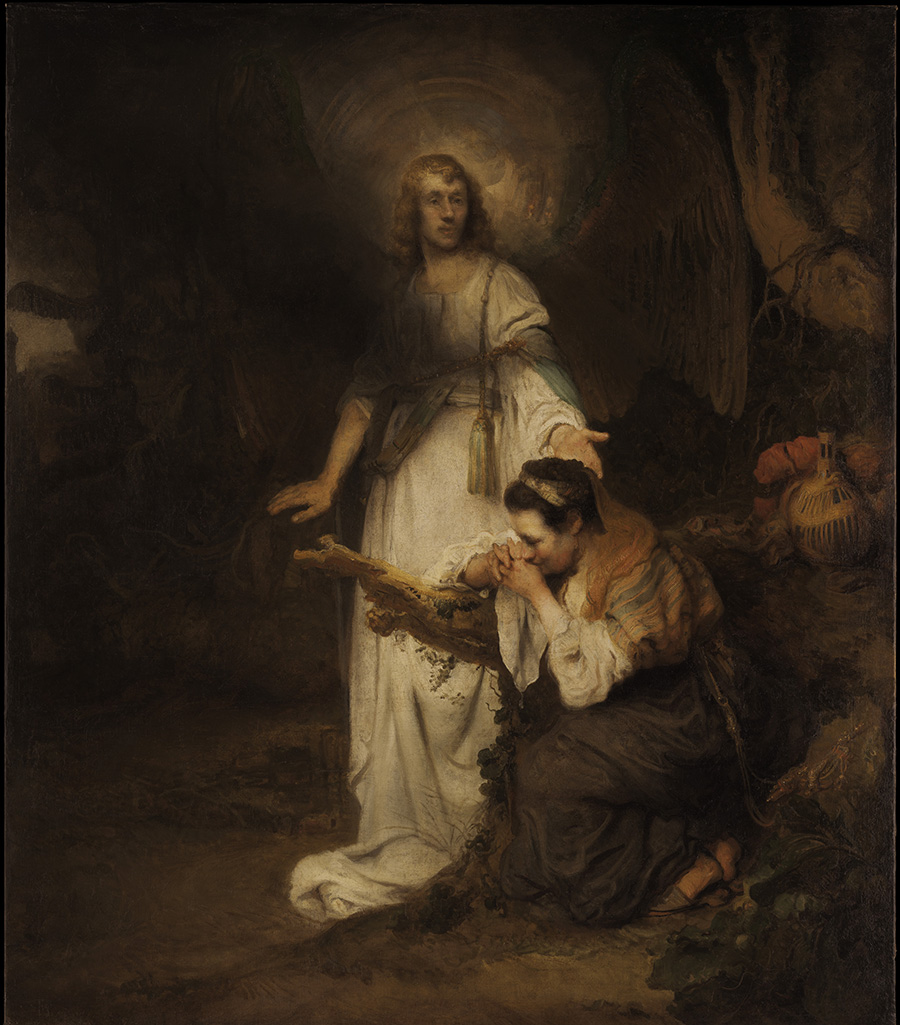
Their motivation was to take works in private hands, seen for centuries only by a select few, and make them public, sometimes for the first time. Their goal was to become a lending library to museums and share their collection with the masses precisely as they are doing at the National Museum of China and in Shanghai.
The exhibition was facilitated by the Embassy of the Kingdom of the Netherlands to China. This year marks the establishment of bilateral diplomatic relations at the ambassadorial level 45 years ago. Attaché for Press and Cultural Affairs Ineke van de Pol said, "Over these years, the relations between the Netherlands and China have intensified and diversified, and we have established an open and pragmatic partnership for comprehensive cooperation. Cultural exchange is one of the important pillars of the friendship between the Netherlands and China. Having the Leiden Collection exhibition in China during this special year highlights the good bilateral relationship between our two countries."
Dr. Kaplan summed up his purpose for bringing the Leiden Collection to China. He said, "[The Dutch Golden Age] represented the first significant contact between the Netherlands and China. More than any other European society during this period, the Dutch evinced the strongest and deepest interest in the knowledge of Chinese culture and traditions. In the 17th century, it was the cultural world of Europe – and the Dutch Republic above all – that was transformed by engaging with China and, more broadly, Asia. It is nothing short of the return of this embrace, centuries later. That is our objective."
